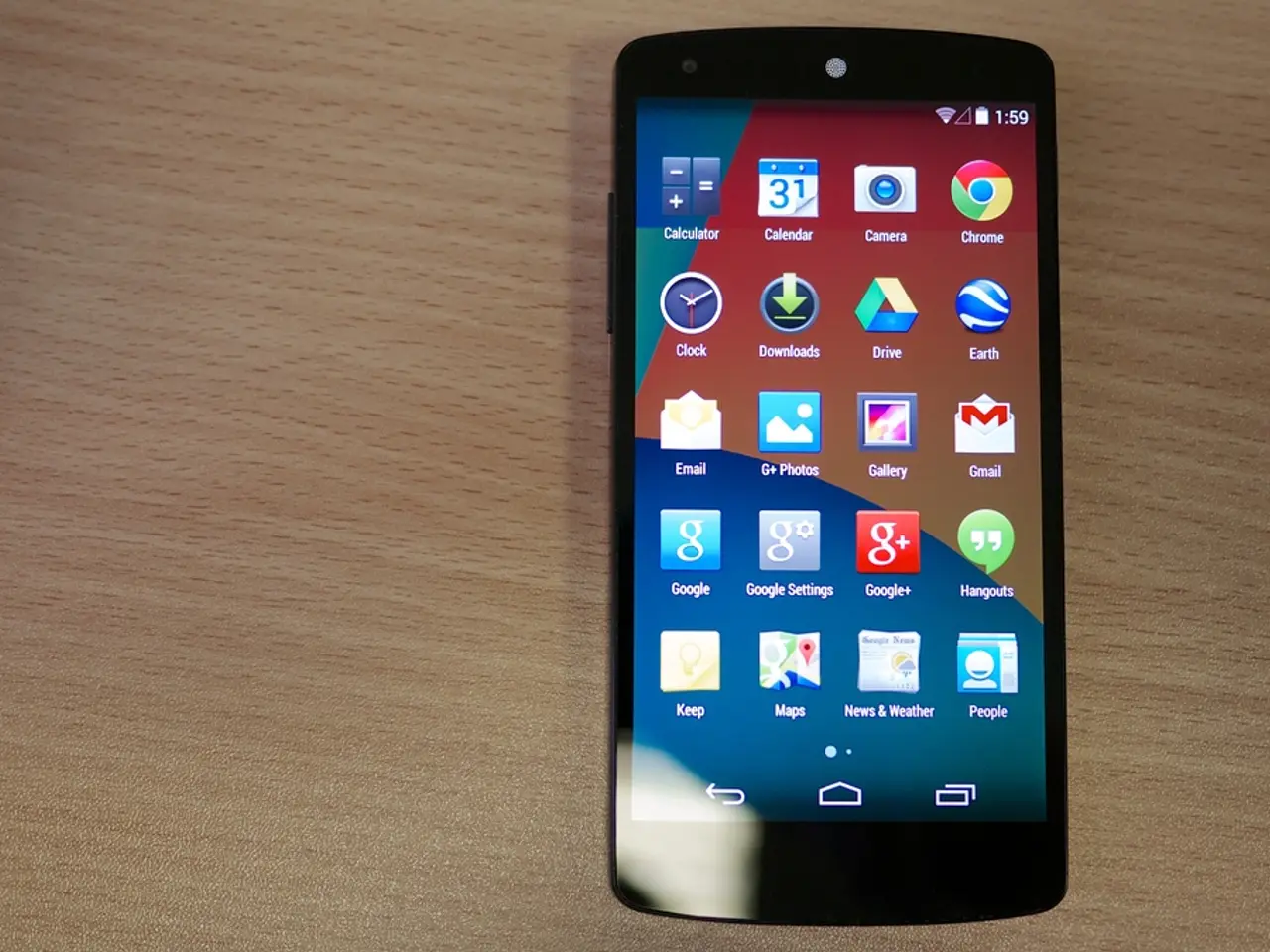Mobile Technology Evolution: An Overview of Seven Key Stages
Mobile computing has undergone a remarkable evolution, shaped by technological innovations and driven by the desire for connectivity, intelligence, and ubiquitous access. Let's explore the key phases, innovations, and future trends that have defined this journey.
Phases of Mobile Computing History
Early Telephony and Cellular Foundations (1970s)
The development of cellular concepts, such as call handoff by Amos E. Joel Jr., paved the way for mobile telephony. In 1973, Martin Cooper from Motorola made the first handheld mobile phone call, marking the birth of practical mobile phones. Early mobile systems were large and analog, but gradual improvements in electronics enabled smaller, portable devices.
Analog to Digital Transition (1980s-1990s)
The move from first-generation analog phones to second-generation digital networks in the early 1990s improved voice quality and introduced new features like SMS. Devices evolved from bulky "brick" phones to lighter, more compact handsets, thanks to better batteries, energy-efficient electronics, and more dense cell site deployment.
Smartphone Emergence and Broadband Data (1990s-2000s)
The introduction of smartphones, like the IBM Simon, combined phone, PDA, fax, and email with a touchscreen and predictive typing. 3G networks emerged, enabling broadband data services, multimedia messaging, and web access on mobile devices. Integration of advanced operating systems and software broadened mobile computing capabilities.
Internet and Software Development Growth
The internet's evolution and the personal computer revolution indirectly influenced mobile software design with user-friendly interfaces. Internet protocols, such as TCP/IP, enabled global connectivity accessible on mobile devices.
Key Innovations in Mobile Computing
- Call Handoff Systems for seamless mobile communication across cells.
- Digital Cellular Networks (2G, 3G, 4G, and beyond) for improved data and voice transmission.
- Smartphones integrating multiple communication and computing functions in a single portable device.
- Touchscreens and Predictive Typing enhancing user interaction.
- Energy-efficient Electronics and Battery Technologies allowing smaller, lighter devices with longer use time.
- Internet Protocols (TCP/IP) enabling global connectivity ubiquitously accessible on mobile devices.
Future Trends
- 5G and Beyond: Ultra-fast, low-latency network technology expanding mobile computing capacity for IoT, real-time applications, and high-bandwidth services.
- Artificial Intelligence and Machine Learning: Embedded AI for context-aware, personalized mobile experiences including voice assistants and predictive analytics.
- Ubiquitous and Edge Computing: Seamless integration of cloud and edge computing to enhance mobility, reduce latency, and handle more data locally.
- Wearables and Flexible Devices: Expansion beyond smartphones to wearables, AR/VR devices, and flexible electronics enhancing mobile interaction.
- Security and Privacy Innovations: Stronger encryption, biometrics, and decentralized identity management in mobile computing environments.
This chronological development from early cellular telephony through digital smartphones, supported by internet and software innovation, frames the mobile computing journey. Future trends will hinge on faster networks, AI, and pervasive connectivity transforming mobile computing into a seamless, intelligent part of daily life.
For a deeper dive into any phase or specific innovation, I can provide more focused details. If you're interested in further reading, Jesper Kjeldskov's work on Mobile Computing and Interaction Design is a valuable resource.
- In the phase of Smartphone Emergence and Broadband Data, the integration of UI design and interaction design, as seen in devices like the IBM Simon, revolutionized mobile computing by combining multiple functions in a single, portable device.
- As mobile computing ventures into the future, with trends such as 5G and Beyond, AI, and ubiquitous connectivity, these advancements will largely shape the UI and interaction design of smartphones, gadgets, and even wearable technology, creating more intuitive and intelligent user experiences.




